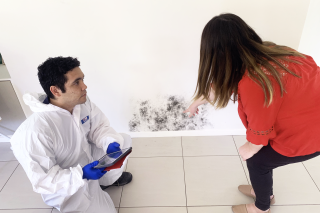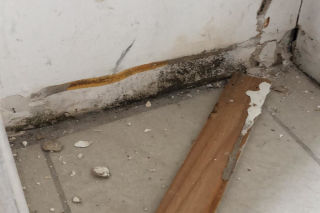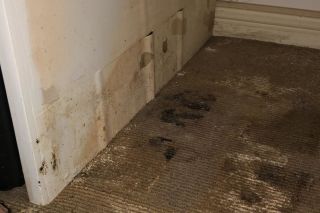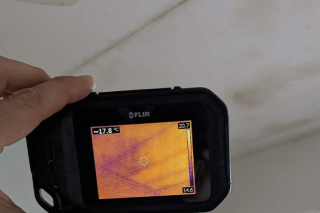How to Prevent Mold in Cold Room
Having mould in the cold room of a restaurant or a home can be immensely devastating. This is particularly considering the devastating effects of the same on the habitability of the facility and the health of the inhabitants.
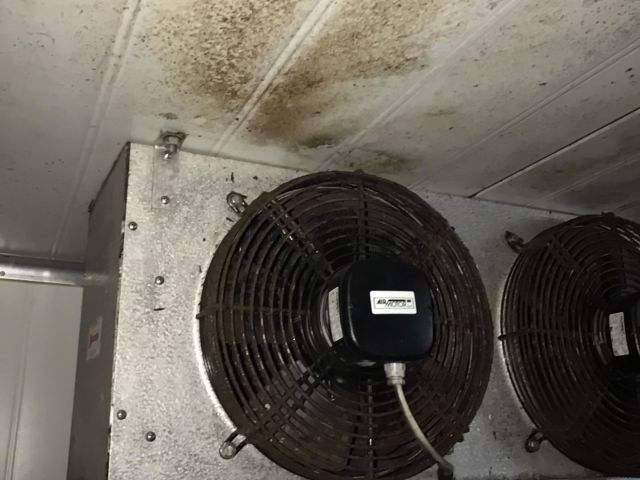
At its most basic, mould underlines tiny fungus that is known to consume dead matter, in which case it plays the natural role of decomposing items. As much as it is natural, its destructive nature on every item or object makes it considered undesirable. This is compounded by the fact that mould reproduces through the production of microscopic spoors that float in the air (Polygon, 2019). This harms humans as it is a known allergen and can cause respiratory conditions like asthma among others. This underlines the need for effective control of the mould and implementation of preventative measures in the same regard.
One of the most effective ways of preventing mould in the cold room is ensuring that they control and keep moisture to a minimum. Home situated in humid or wet climates stands higher risks of suffering mould damage, particularly in cold winter months. These periods are characterised by high precipitation and significant temperature gaps from outdoors to indoors, which create conducive conditions for condensation. This also comes to the fore in the case of flooding. Of particular note is the fact that, contrary to widespread notions, cleaning and eliminating mould will be unlikely to completely solve the problem rather it will simply prolong it. The effective prevention of mould necessitates that the source of the moisture is determined and eliminated (University of Toronto, 2016). This would involve fixing and drying any spills or leaks, as well as other unintended cases of moisture. In addition, proper ventilation and safeguarding air circulation would be imperative.
In addition, fans must be used effectively in the facility. This necessitates proper utilisation and maintenance of fans. Improver ventilation is one of the major causes of mould in any cold room. In this case, you must ensure that the flow of cold air in the cold room is not interrupted. This will involve the maintenance of uniform airflow to ensure that the cold room has the right temperature (Polygon, 2019). In instances where you are storing items, care should be taken to ensure that the cold room fan is not blocked. This is complemented by averting the possibility of overloading shelves using closely stacked items. The storage space in the facility can be maximised using shelving (Guild et al., 2004). On the same note, items should be stored and packed above the floor level to ensure proper circulation of air in all parts of the cold room. Proper circulation of air ensures effective refrigeration and averts the possibility of deterioration of food products or the formation of mould. On the same note, hot or warm food items should not be stored in the cold room since this would cause the fan to work excessively in which case the cold room would be likely to consume too much electricity to keep the low temperature. This should be complemented by ensuring that the door is kept tightly shut and reducing the number of times it is opened since warm air gets into the cold room every time the door is opened (Aktas et al., 2018). The gasket should be checked regularly to ensure that it is in place and good condition, thereby ensuring that the cold room is tightly sealed. The cold room would have a hard time or even be unlikely to grow in cold rooms that are dry and that maintain uniform cold temperatures.
Further, the cold room should be cleaned with 1;10 bleach solution or 70 percent ethanol. Keeping the cold room clean eliminates the dirt while sanitisation comes in handy in the decontamination of surfaces. Mopping and sweeping a cold room’s floor enhances its cleanliness and ensures that the flow of air is enhanced. A 70% ethanol solution should be used to wipe down the metal posts shelving, floors and walls (Guild et al., 2004). While bleaches can be used abrasive and caustic cleaners should be avoided as they can damage cold room panels. Using mild cleaners should do the trick.
Similarly, ensure that the cold room storage shelving is made of plastic or metal among other non-porous materials. Wooden furniture should be avoided in cold rooms as it will be likely to hold moisture and, essentially, increase the potential for mould in the cold room (University of Toronto, 2016). As much as there have been cases of mould developing on plastic shelves, it is possible to scrub plastic shelving units clean using water and soap. It is advisable, however, that one takes plastic shelving units that do not have a pitted design as they can be difficult to clean or dry completely. Even more noteworthy is the importance of ensuring that the items used to store foodstuffs are either in plastic or metal packaging (University of Colorado, 2018). This necessitates that cardboards, wooden packaging, or paper packaging or even books are not kept in the cold room as they are all porous and could attract moisture and cause the development of mould in the long-term and the short-term. In cases where the cold room requires frequent access, you might be better off installing a plastic curtain close to the door. This will significantly reduce the potential of cold and warm air to mix or get into the cold room in cases where the door is open.
In conclusion, preventing the development of mould in the cold room is imperative as it averts the potential for destruction of foodstuffs and the varying health complications that may emanate from mould spores. It is noteworthy that mould causes varying respiratory complications including asthma, in which case ensuring that it is eliminated in good time is imperative. This necessitates ensuring that the cold room has no wooden shelving or material, with foodstuffs being put in plastic or metallic cases. On the same note, air circulation must be allowed, and moisture in the facility kept to a minimum.
References
Aktas, Y. D., Shi, J., Blades, N., & D’Ayala, D. (December 01, 2018). Indoor mould testing in a historic building: Blickling Hall. Heritage Science, 6, 1, 1-9.
Guild, S., MacDonald, M., & Canadian Conservation Institute. (2004). Mould prevention and collection recovery: Guidelines for heritage collections. Ottawa: Canadian Conservation Institute.
Polygon (2019). Preventing mould in the home during cold weather using fans. Polygon.
University of Toronto (2016). Minimizing mould growth in cold rooms. Toronto: University of Toronto.
University of Colorado (2018). Guidance: Preventing mould in Cold Rooms. University of Colorado
